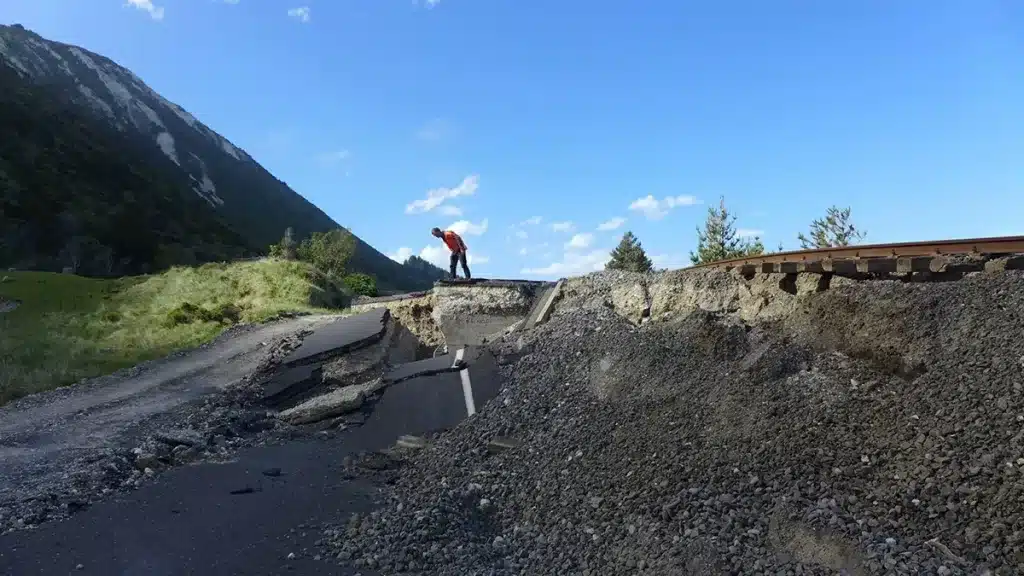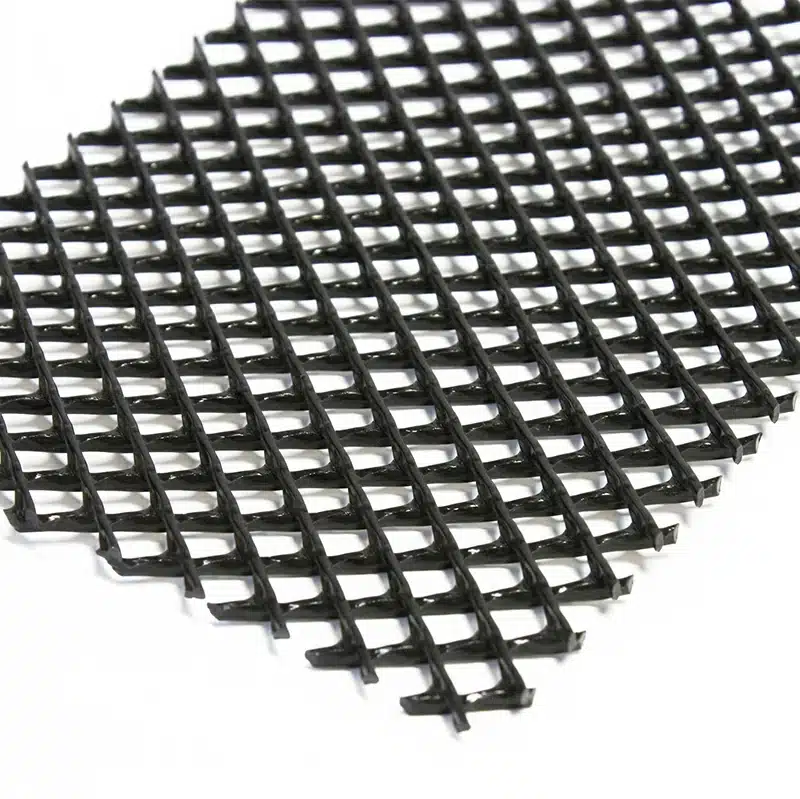+86-159 9860 6917
info@geofantex.com
geofantex@gmail.com
+86-400-8266163-44899
Discovering the intricacies of geonet water flow direction is crucial for effective drainage systems and environmental planning. In this article, we will delve into the factors that influence water flow direction and distinguish it from other related concepts. We’ll also answer common questions to help you gain a comprehensive understanding of this vital topic.

How do you determine water flow direction?
Determining water flow direction involves several methods, like using topographic maps, observing natural cues such as streams or vegetation, or employing specialized tools such as flow meters and digital terrain models (DTMs). An essential aspect is understanding that if you can measure the pressure at two different horizontal points, the flow direction will be from higher pressure to lower pressure. Additionally, topography plays a crucial role as water naturally moves downhill, following the land’s contour lines.
What is the difference between flow direction and aspect?
Flow direction denotes the path that water naturally follows as it traverses the terrain, influenced by gravity. In contrast, the aspect can be thought of as the slope direction, indicating the orientation of the surface, often concerning cardinal directions like north, south, east, and west. Flow direction is about water movement, while aspect is about the surface’s orientation.
What determines the direction of the flow of water?
The direction of water flow is influenced by various factors, with the landscape’s topography or elevation being the most significant. Water tends to flow downhill, following the steepest path, driven by the potential difference in elevation. Moreover, factors like soil type, vegetation, and man-made structures such as roads or channels can further affect the flow direction of water.
What determines which direction water wants to move?
The natural movement of water is mainly governed by gravity. It tends to flow downward, following the path of least resistance, which typically means from a lower osmolarity to a higher osmolarity due to the force of gravity. Furthermore, the presence of impermeable barriers such as rocks or clay can impact the direction water takes, compelling it to flow around these obstacles or seek alternative pathways.
Understanding geonet water flow direction is pivotal for various applications, from designing effective drainage systems to managing watersheds and environmental conservation. By considering topography and related factors, we can harness this knowledge to make informed decisions that benefit both infrastructure and the natural environment.



Get Free Sample
We’ll respond as soon as possible(within 12 hours)






















